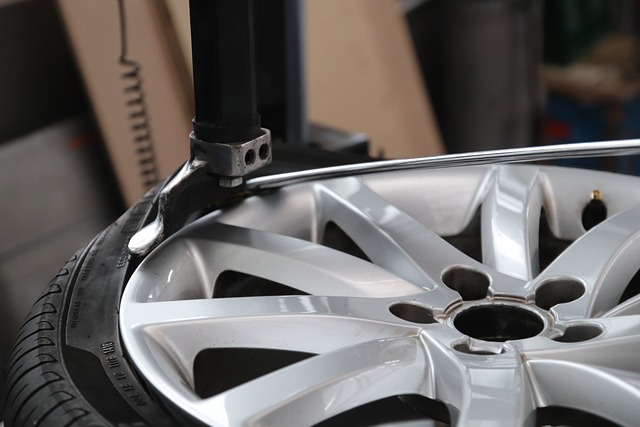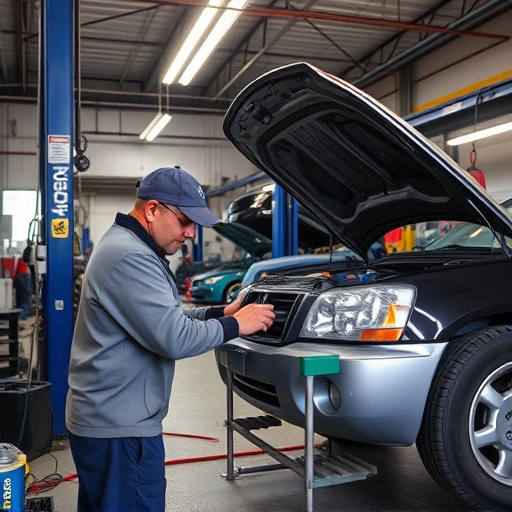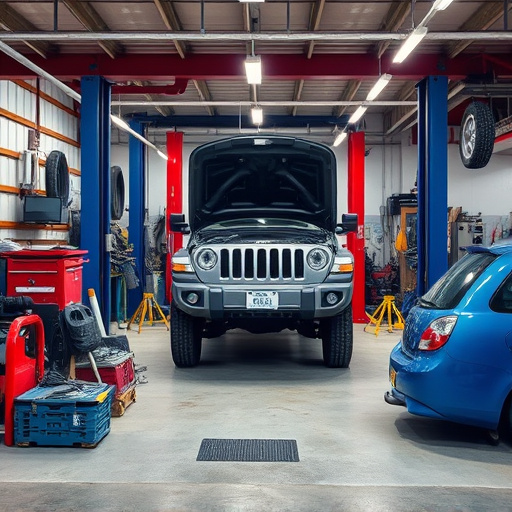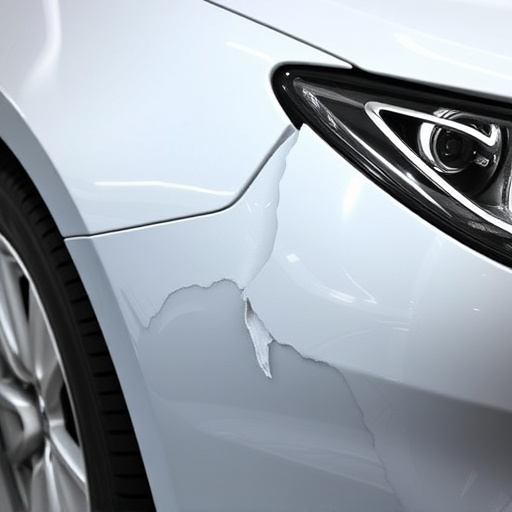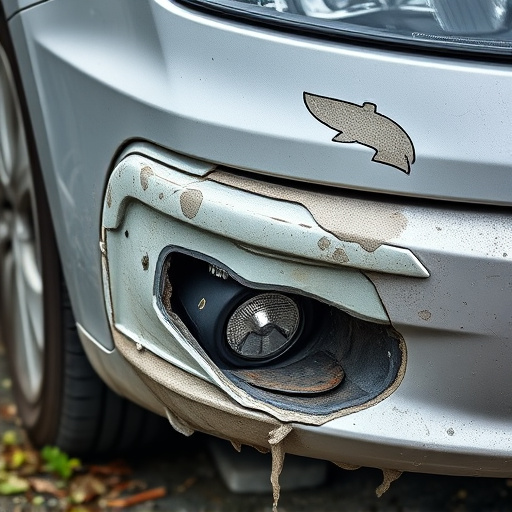Mercedes THERMOTRONIC systems, featuring advanced climate control and air quality sensors, require prompt repairs for optimal performance. A faulty sensor can lead to temperature issues, odors, and reduced energy efficiency. Repairs involve error code analysis, sensor inspection, replacement, meticulous disassembly/installation, cleaning, and testing using specialized tools. Professional assistance is recommended for bumper or body repairs, ensuring successful Mercedes THERMOTRONIC repair.
Experiencing poor air quality in your Mercedes? This guide tackles a common issue: THERMOTRONIC system malfunctions. We break down the intricacies of this advanced climate control technology and provide a comprehensive step-by-step repair guide for owners facing problems. Learn to identify faulty air quality sensors, understand their function within the THERMOTRONIC system, and effectively address the issue. Take control of your Mercedes’ comfort and efficiency with these expert tips on successful THERMOTRONIC repairs.
- Understanding Mercedes THERMOTRONIC System
- Identifying Air Quality Sensor Malfunction
- Step-by-Step Repair Guide for THERMOTRONIC
Understanding Mercedes THERMOTRONIC System

The Mercedes THERMOTRONIC system is a sophisticated climate control mechanism designed to maintain optimal interior temperatures, ensuring both comfort and energy efficiency. This innovative technology works by monitoring and regulating temperature through a series of sensors and actuators. One crucial component is the air quality sensor, which plays a vital role in ensuring clean and healthy air circulation within the vehicle. When this sensor malfunctions, it can lead to various issues, prompting the need for expert Mercedes THERMOTRONIC repair.
A malfunction in the air quality sensor can result in uncomfortable interior environments, affecting passengers’ overall experience. Moreover, it may impact the system’s ability to maintain efficient temperature control, potentially wasting energy and increasing running costs. Proper maintenance and timely repairs are essential to keeping this intricate system functioning optimally. Unlike simple car dent repair or autobody repairs, Mercedes THERMOTRONIC repairs require specialized knowledge and tools to address complex electronic and mechanical components.
Identifying Air Quality Sensor Malfunction

In modern Mercedes THERMOTRONIC systems, an air quality sensor plays a vital role in maintaining optimal cabin comfort and air purity. Identifying a malfunction in this component is crucial for ensuring both vehicle efficiency and driver satisfaction. A typical indicator of a faulty air quality sensor could be irregular heating or cooling patterns within the cabin, leading to either excessive heat buildup or uncomfortable cold spots. This discrepancy often manifests as unexpected changes in temperature control settings despite adjustments by the driver.
Furthermore, persistent issues like musty or unpleasant odors emanating from the vents can also point towards a malfunctioning air quality sensor. These sensors are designed to monitor and regulate the composition of the air inside the vehicle, ensuring minimal levels of pollutants and moisture. When these parameters fall outside acceptable limits, it signals a problem with the sensor’s functionality, requiring prompt Mercedes THERMOTRONIC repair to restore efficient climate control and a pleasant driving environment, even considering alternative services like paintless dent repair or car dent repair for minor aesthetics issues unrelated to this specific malfunction.
Step-by-Step Repair Guide for THERMOTRONIC

Repairs to your Mercedes THERMOTRONIC system after an air quality sensor malfunction require careful attention to detail and a systematic approach. Here’s a step-by-step guide to help you navigate this process. First, isolate the problem by checking for any error codes stored in the vehicle’s computer. These codes can provide valuable insights into the issue at hand. Next, inspect the air quality sensor itself—a crucial component responsible for monitoring cabin air composition. If it’s faulty or contaminated, replacement might be necessary.
Before proceeding with any repairs, ensure proper ventilation to avoid inhaling harmful fumes. Once the sensor is confirmed as the culprit, locate and disconnect its wiring harness. This typically involves using specialized tools to release locking mechanisms. With the sensor removed, clean the area thoroughly to eliminate any debris or contaminants that may have affected its performance. After cleaning, carefully install a replacement sensor, ensuring proper connections and tightening of all components. Verify the repair by re-connecting the harness and conducting thorough tests to confirm optimal air quality sensor functionality. Remember, meticulous attention during each step is key in achieving a successful Mercedes THERMOTRONIC repair. For any issues involving your vehicle body repair or bumper repair, it’s advisable to consult certified car bodywork services for professional assistance.
Mercedes THERMOTRONIC systems are integral to maintaining optimal cabin air quality, and promptly addressing sensor malfunctions is key. By understanding the system’s function and following a structured repair guide, car owners can effectively troubleshoot and resolve issues, ensuring a comfortable and healthy driving environment. For those seeking efficient solutions, this step-by-step approach to Mercedes THERMOTRONIC repair is invaluable, allowing them to get back on the road with enhanced peace of mind.

